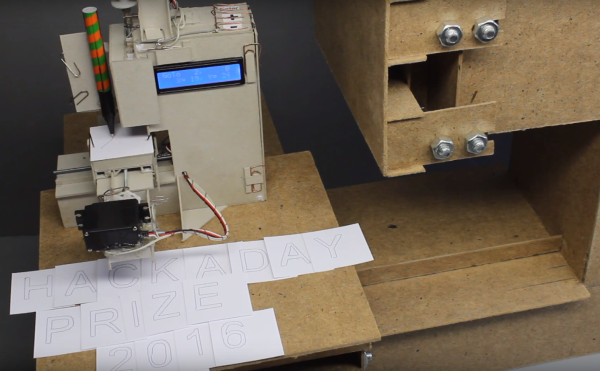The cardboard box is ubiquitous in our society. We all know what makes up a cardboard box: corrugated paper products, glue, and some work. Of course cardboard boxes didn’t just show up one day, delivered out of nowhere by an overworked and underpaid driver. In the video below the break, [New Mind] does a deep dive into the history of the cardboard box and much more.
Starting back in the 19th century, advancements in the bulk processing of wood into pulp made paper inexpensive. From there, cardboard started to take its corrugated shape. Numerous advancements around Europe and the US happened somewhat independently of each other, and by 1906 a conglomerate was formed to get the railroads to approve cardboard for use on cargo trains.
By then though, cardboard was still in its infancy. Further advancements in design, manufacturing, and efficiency have turned the seemingly low tech cardboard box into a high tech industry that’s heavy on automation and quality control. It’ll certainly be difficult to think of cardboard boxes the same.
There also numerous ways for a hacker to re-use cardboard, be it in template making, prototyping, model making, and more. Of course, corrugation isn’t just for paper. If corrugated plastic floats your boat, you might be interested in this boat that floats due to corrugated plastic.
Continue reading “There’s More In A Cardboard Box Than What Goes In The Cardboard Box”

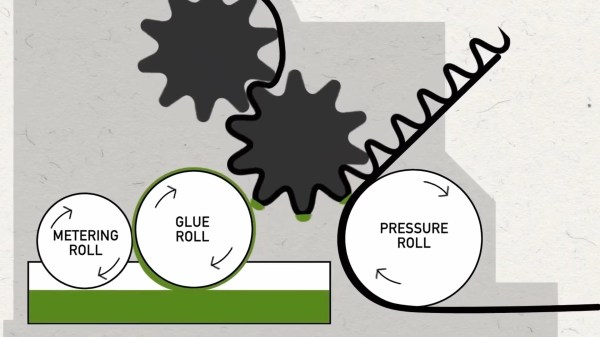
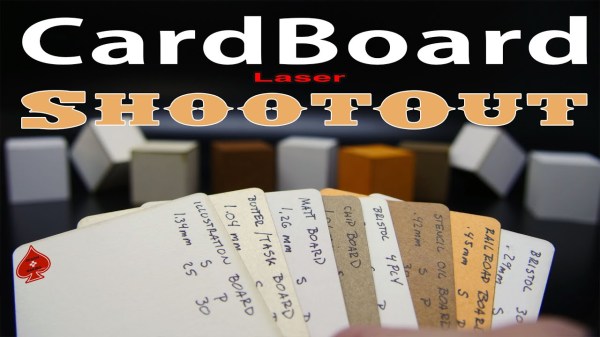
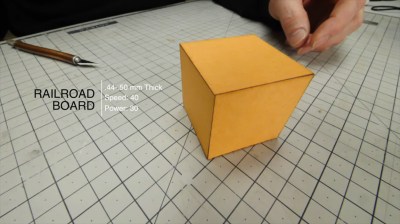
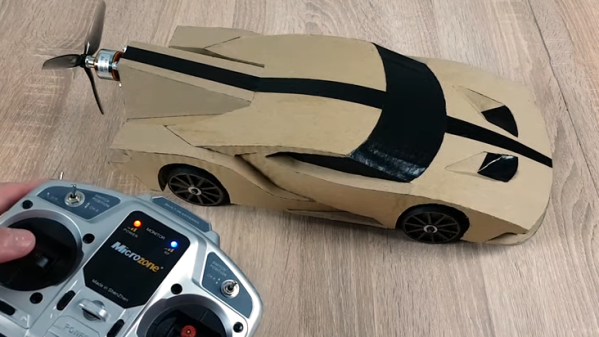
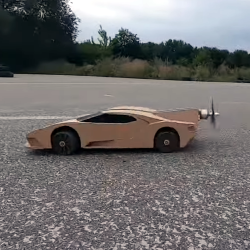
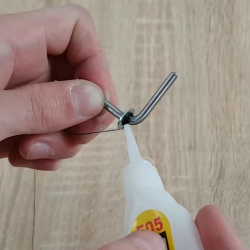

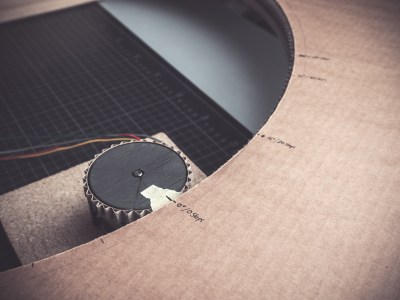

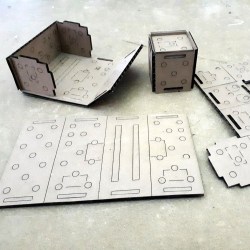 That’s where [Andy Forest] comes in with the
That’s where [Andy Forest] comes in with the 



